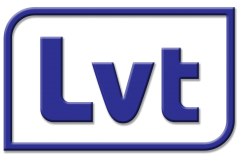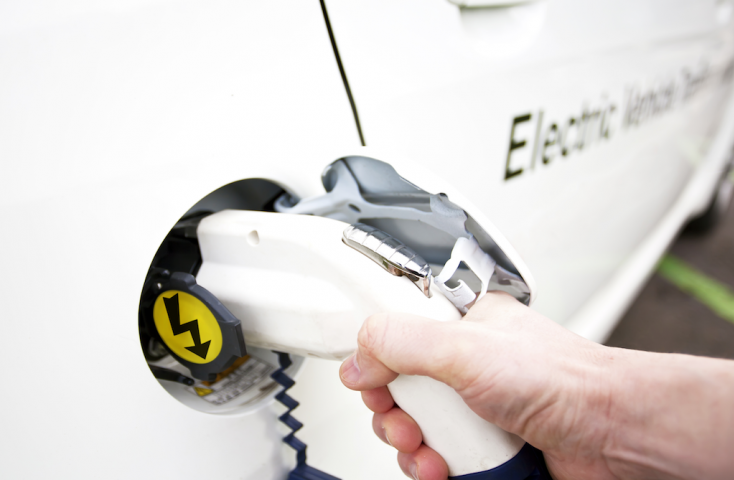IEC 61851-1
ELECTRICAL VEHICLE CONDUCTIVE CHARGING SYSTEM
With electric vehicles (EA), environmental, economic and technological advances, their availability has become important. The shortage of decreasing natural resources actually caused this situation. However, if the carbon emission damage of internal combustion engines to the environment is taken into consideration, electric vehicles (EA) are indispensable for our future.
In order for electric vehicles to spread even faster, necessary infrastructure works should be done in order to spread the charging stations and thus minimize the impact on city networks. With the shortening of charging times and the development of battery technology, the rate of use of electric vehicles will increase rapidly after this mentioned infrastructure works become the most appropriate form.
We are engaged in exactly this point of the business. We carry out IEC 61851 type tests of charging stations in accordance with the IEC 61851 standard to which they are connected. For the type tests specified in the IEC 61851 standard, the classification must first be made. In other words, after clarifying whether it will be used for indoor or outdoor, type tests can be performed.
IEC 61851 standard type test list :
- Verification of protection (IP)
- Dielectric withstand voltage
- Insulation resistance
- Clearances and creepage distances
- Touch current
- Environmental tests
- Temperature rise
- Mechanical test
- EMC testı
- Service
- Marking and instructions
- Communication
1. Verification of protection
Indoor use:
Vehicle input with connector: IP21, plug in plug: IP21, C-case connector when not matched, interior: IP21
Outdoor use:
Vehicle input with connector: IP44, plug in plug: IP44
- EV input is in the "path" position: IP55
- When the connector does not match: IP24
- When the socket does not match: IP24
2. Dielectric withstand voltage
Dielectric strength voltage should be applied at power frequency (50 Hz or 60 Hz) for 1 minute.
3. Insulation resistance
500 V d.c. Birbirine bağlı tüm girişler / çıkışlar arasına uygulanan voltaj (güç kaynağı dahil) ile erişilebilir parçalar:
I.Sınıf bir istasyon için: R> 1 Mohm;
II. sınıf bir istasyon için: R> 7 Mohm.
Yalıtım direncinin ölçümü, test voltajını 1 dakika boyunca uyguladıktan ve nemli ısı testinden hemen sonra yapılmalıdır.
500 V DC voltage applied (including power supply) between all connected inputs / outputs:
Class I station: R> 1 Mohm;
Class II station: R> 7 Mohm.
The measurement of the insulation resistance should be done immediately after applying the test voltage for 1 minute and testing the damp heat.
4. Clearances and creepage distances
When installed in their enclosure, they will be designed to operate in an external environment with a minimum pollution degree of 3 and an overvoltage category III.
Equipment intended for indoor use only must be designed to operate in an environment with a minimum pollution degree of 2 and an overvoltage category II.
Equipment for outdoor use will be designed to operate in an environment with a minimum pollution degree of 3 and an overvoltage category III.
The equipment should be evaluated when installed in its enclosure as designed by the manufacturer.
5. Touch current
The contact current between the metal foil including accessible metal parts connected by any AC supply network pole and insulated outer parts measured according to IEC 60950-1 shall not exceed the values specified in Table 2.
Tablo-2 Temas Akımı Limitleri
|
|
Class-I |
Class-II |
|
Between any mesh poles and interconnected accessible metal parts and a metal foil covering the insulated outer parts |
3,5mA |
0,25mA |
|
Between any mains pole and normally inactive metal inaccessible parts (in the case of double insulation) |
N/A
|
3,5mA |
|
Between interconnected inaccessible and accessible parts and metal foil covering the insulated outer parts (additional insulation) |
N/A |
0,5mA |
This test is done when the electric vehicle charging station operates with a resistive load at rated output power.
Note: Before this test, the circuit connected with a fixed resistor or referenced to ground (eg EV link control) must be disconnected.
The equipment is fed from an isolation transformer or installed to be isolated from the ground.
6 .Environmental tests
The electric vehicle charging station must operate at its maximum output power and current and its rated voltage.
-Air temperature;
The electric vehicle charging station should be designed to operate in the temperature range of –25 ° C to +40 ° C for the outdoor unit and –5 ° C to +40 ° C indoors.
Ambient air temperature does not exceed +40 ° C, and the average does not exceed +35 ° C over a 24-hour period.
The equipment must be tested under these conditions at the ambient temperature, maximum temperature and minimum temperatures specified at the power levels guaranteed by the manufacturer.
7. Temperature rise
In operating conditions, at the maximum rated current and ambient temperature of 40 ° C, the maximum permissible surface temperature held for lifting, carrying and holding shall be:
- 50 ° C for metal parts;
- 60 ° C for non-metal parts.
For parts that can be touched but not gripped, the maximum permissible surface temperature under the same conditions:
- 60 ° C for metal parts;
- 85 ° C for non-metal parts.
8. Mechanical test
EVSE should be designed to withstand the effects of normal automotive solvents and fluids, vibration and shock, material flammability standards and other conditions suitable for application.
After the tests below, performance is not allowed to drop.
After testing, conformity is checked with verification:
1) IP degree should not be affected,
2) The operation of the doors and locking points should not be disturbed
3) electrical openings must remain satisfactory for the duration of the test
4) For a charging station with a metallic housing, no contact should occur between the live parts and the housing due to permanent parts or temporary deterioration.
For a charging station with an insulating material housing, if the above conditions are met, minor cavities or damage such as cracking or spillage on the small-grade surface should not be taken into account, it should be ensured that there are no related cracks that could damage the charging station's serviceability.
9. EMC Test
Emission requirements : IEC 61000-6-3
Immunity requirements : IEC 61000-6-1
Special requirements : IEC 61851-22 & IEC 61851-23
10. Service
The socket outlet must be designed for a certified technician to remove, service, and replace if necessary.
11. Marking and instructions
a) Connection Instructions
Instructions for connecting the electric vehicle to the electric vehicle charging station must be provided with the vehicle at the user manual and the AC electric vehicle charging station.
b) Readability
The marks required by this standard should be durable and legible with corrected vision visible during use.
Conformity is checked by checking and rubbing the mark by hand with a cloth moistened with water for 15 s and by rubbing it with a cloth dipped in oil for 15 s.
After all tests of this standard, the mark can be easily read; Removing the marking plates will not be possible easily and should not be curled.
c) Marking of the electric vehicle charging station
- The station must bear the following signs clearly.
-The manufacturer's name or initials,
Equipment reference,
-Serial number,
-Production date,
Rated voltage in V,
Rated frequency in Hz,
-A rated current,
Number of phases,
-IP ratings
- "indoor use only" or equivalent, intended for indoor use only,
II. For a class station, the symbol will be clearly visible on the signs.
- Some minimum additional information can probably appear on the station itself (phone number, address of the contractor).
12. Communication
Tests on any telecommunications network or telecommunication port on EVSE, if applicable, must comply with IEC 60950-1.

